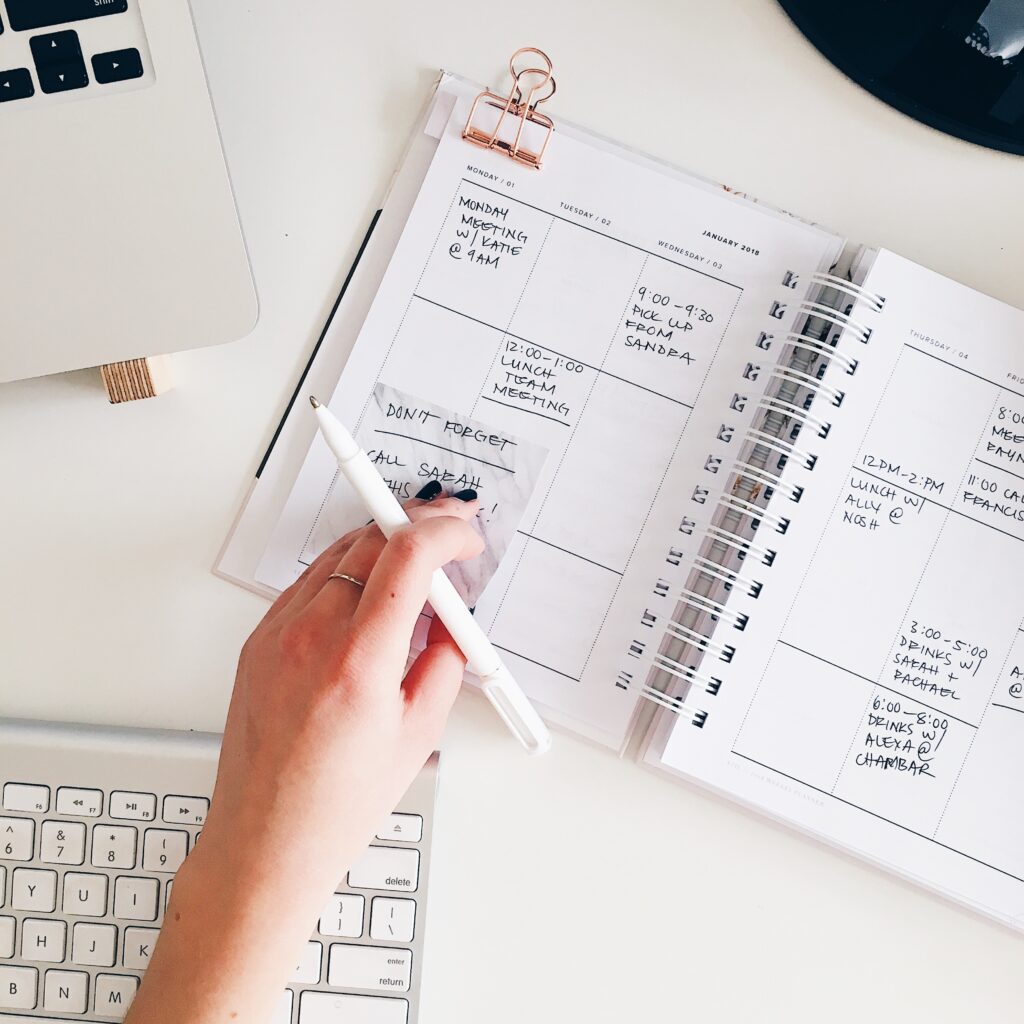Following a low FODMAP diet can feel overwhelming. It’s hard to remember which foods you should be including and which you should avoid, let alone trying to create balanced meals. Needless to say, grocery shopping can be quite a chore. That’s why I created this guide to creating a low FODMAP shopping list.
Don’t worry, if you want a done-for-you option, you can scroll down for my printable list!
However, I did want to allow you to create something customizable to suit your needs and preferences. So, if you want to build your own personalized list, read on!
Challenges of the Low FODMAP Diet
When you look at a low FODMAP diet protocol, it can seem very random and hard to follow. The restrictions are based on the types of carbohydrates in foods, which is not at all intuitive, but rather based on testing that is done in Australia at Monash University! In fact, they have an app that can be super-helpful. However, I like to keep things really simple and also remind you that this diet is temporary and you don’t need to invest in lots of apps and resources and cookbooks, etc. You should use the diet as a tool, not as a lifestyle. So, use this guide to organize your shopping trips over the next 2-6 weeks, if you’re just starting or planning to start a low FODMAP diet.
In this article, you’ll also find some meal ideas and implementation tips.
Let’s start with the grocery list. Below are my shopping recommendations. At the end of the next section, you’ll find a printable grocery list. Just keep in mind that you’ll need to do some tweaking if you want it to match up with your meal choices and preferences.
Low FODMAP Grocery List
I’ve organized your list options into food categories to make it easier. In order to ensure a well balanced diet, choose a variety of options from each category.
Vegetables
- Arugula
- Bok choy
- Bell peppers
- Carrots
- Eggplant
- Green beans
- Kale
- Lettuce
- Spinach
- Swiss chard
- Tomato
Fruits
- Blueberries
- Cantaloupe
- Clementine
- Grapefruit
- Honeydew
- Kiwi
- Orange
- Raspberries
- Strawberries
Proteins
- Beef
- Chicken
- Eggs
- Fish
- Firm tofu
- Plain tempeh
- Pork
- Lamb
Grains and Starches
- Corn
- Millet
- Polenta
- Potatoes (Russet, golden, red and purple)
- Quinoa
- Rice
- Soba noodles (100% buckwheat)
Condiments
- Maple syrup
- Cocoa powder
- Most spices (cumin, cinnamon, basil, ginger, rosemary, thyme)
- Sugar
- Vanilla/almond extracts
Beverages
- Green and black teas
- Coffee
- Peppermint tea
- Alcohol: wine, beer, gin, vodka, whiskey
Implementation Tips
- Plan ahead: I don’t recommend just going on a low FODMAP diet and waiting to see what happens. You need to plan out how long you’re going to follow the diet, what supports you need, how to get all the nutrients you need and how to track your progress.
- Get support: Fortunately, there are some good resources available that are free or low cost. You can get the Monash University Low FODMAP diet app to help with making food choices. Their free online resources are also very helpful.
- Journal: Keep track of your intake and symptoms will help you understand how your body is reacting to FODMAPs.
Further Reading
Happy shopping! Download your free shopping list below.
